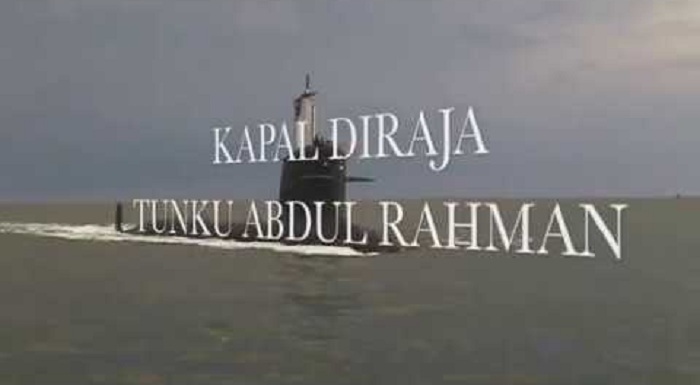With a coastline of 4,700 km, an exclusive economic zone covering an area of 598,540 km, and a geostrategic location overseeing the sea lines connecting the Indian and Pacific Oceans, Malaysia has extensive political and economic maritime interests. Owing to its critical geostrategic position bordering the northern reaches of the Malacca Straits, security analysts consider Kuala Lumpur as “the most important player in the multi-national effort to keep the waters of the Straits of Malacca open for safe-passage.
The RMN realised the need for a submarine force as early as 1980s thus they started training their officers and sailors abroad in the field of submarine operations, maintenance and management. There had been several initiatives to acquire submarines, particularly in the 1990s; unfortunately they did not fructify mainly due to financial constraints. The RMN got its break in the new millennium when the government signed a contract to acquire two Scorpene class submarines on June 5, 2002, to be built jointly by the French shipbuilder DCNS and its Spanish partner, Navantia. The submarines are armed with Blackshark wire-guided torpedoes and Exocet SM-39 sub-launched anti-ship missiles. The first vessel, KD Tunku Abdul Rahman, was launched at DCNS Cherbourg in October 2007 and commissioned in January 2009. The second, Tun Razak, was the commissioned in November 2009. In Malaysia, the Scorpènes are classified as Perdana Menteri-class submarines.
This class of boats emphasize underwater maneuverability and stealth, with design features including a teardrop or “Albacore” hull form (with fin-mounted hydroplanes and cross-configuration tailplane), and very low acoustic, magnetic, electromagnetic and infrared signatures. Other than “tropicalisation,” of the boats involving installation of additional systems to enhance the submarines’ ability to operate in the warmer and more saline waters of Southeast Asia, the Malaysian submarines include many of the same features of the earlier boats of this class, though without AIP systems. They are fitted with SUBTICS integrated command and UDS International-supplied weapons control and sonar systems. Another feature that makes these submarines a potent weapons platform is their ability to launch anti-ship SM 39 Exocet missiles (with a range of 50 km/27 n miles) from the 533 mm torpedo tubes while staying submerged.
Since 2005 Malaysia has been using a refurbished Agosta 70-class boat (ex-Ouessant) based in France for training purposes. The RMN operates seven operational commands, including one fleet and two regional commands (to oversee the four naval areas). The two Scorpènes are stationed at the newly constructed submarine base in Sepanggar, Sabah, which also serves as HQ Naval Region II. Another base is also being constructed on Pulau Langkawi, Kedah to provide the RMN with readier access into the Indian Ocean. Ready access into the Pacific Ocean is available via the existing base at Semporna, Sabah.
Malaysia’s future naval plans, including the RMN’s 15-to-5 Armada Transformation Program, had indicated that there could eventually be an increase Malaysia’s submarine fleet from two to four submarines as the country seeks to streamline and modernize its fleet of vessels.
















